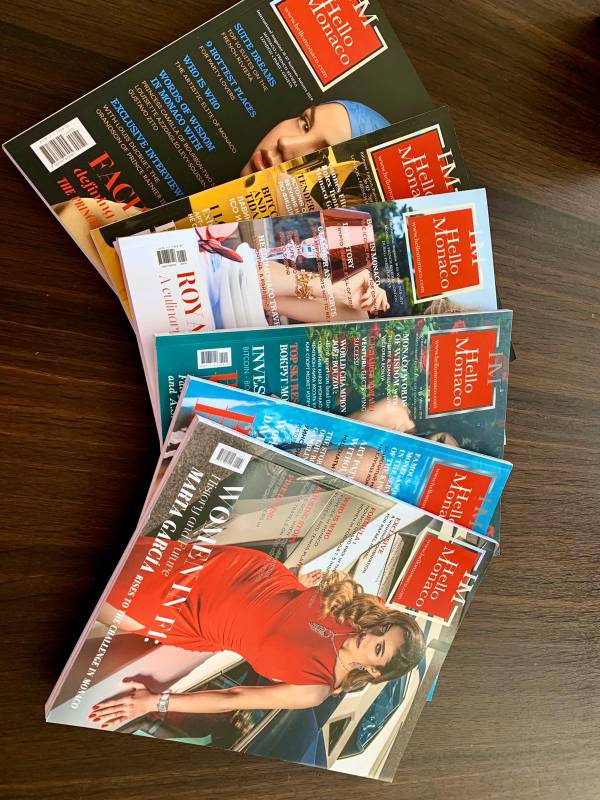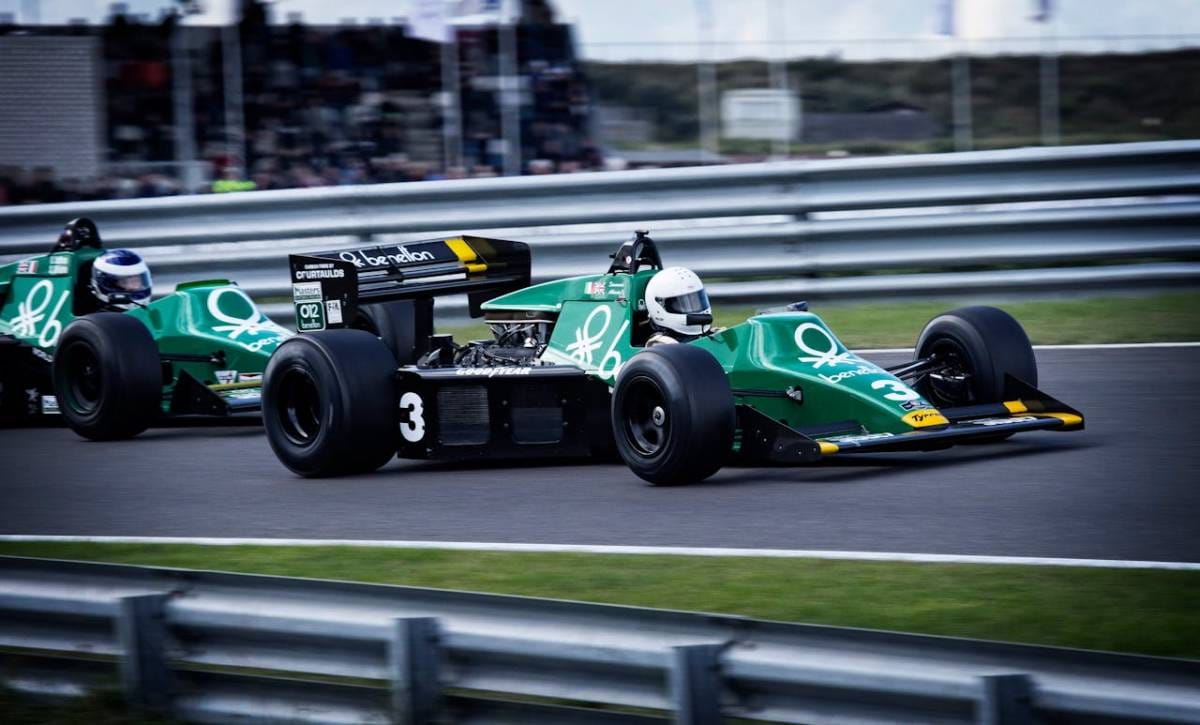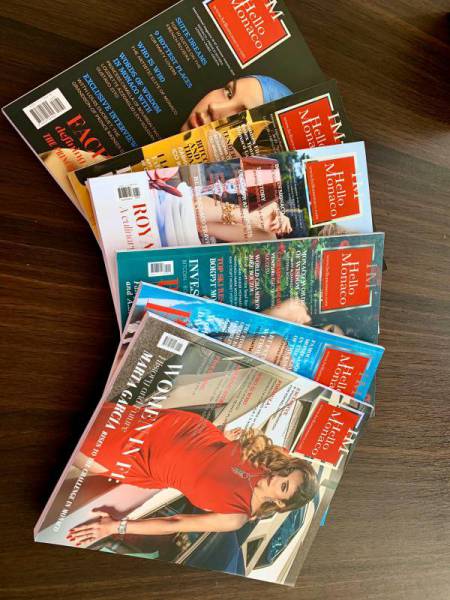Monaco in May is chaos dressed as elegance. Yachts pack the harbour, celebrities strut the paddock, and yet the real show happens on streets barely wide enough for two cars. The Grand Prix here has always been more than a race. It is a theatre framed by casinos and cliffs, a living postcard that conceals the most ruthless test of concentration in the sport. For drivers, it is the one race where a heartbeat too late on the brakes can rewrite an entire career.
Where motorsport meets luxury, and strategy
Monaco’s appeal lies in its contradictions. The circuit is brutal, a labyrinth of narrow streets, blind corners, and shifting elevation. Yet wrapped around it is a stage of high society: casinos, nightclubs, and parties that stretch until sunrise. It is a venue where grit and grace collide, and neither ever fully wins out.
For many who follow racing, the weekend feels like a mirror of other high-stakes worlds. Just as drivers thread their cars through Sainte Dévote or the Mirabeau hairpin with total concentration, bettors search for platforms that reward nerve, insight, and timing. That is one reason interest has grown around non Gamstop betting sites in the UK, which give players more autonomy, more markets, and more chances to rely on their own experience.
Before the 2025 Monaco Grand Prix, F1 winner odds told their own story: Lando Norris opened as the favourite around 2/3 on some books, followed closely by Charles Leclerc and Oscar Piastri, while Max Verstappen drifted to roughly 7/1 after a tricky start to the weekend. Longer shots like Hamilton and Alonso sat far behind, underlining how narrow the fight at the front has become. Those same names now dominate the Drivers’ Championship markets, with Piastri and Norris leading the odds for the rest of the season, proof that, in F1 betting as on the track, momentum can shift faster than a pit stop.
On the ground, this contrast is everywhere. The pre-race grid looks more like a film premiere than a technical briefing. Celebrities and financiers stand shoulder to shoulder with mechanics clutching tyre warmers and laptops. Team principals debate strategy while champagne corks burst within earshot. Monaco is a rare event where competition and indulgence flow together, each amplifying the other.
A grand tradition in racing history
Since 1929, cars have raced through Monaco’s streets, long before Formula 1 crowned its first world champion. By 1950, this race was already a jewel. The track is unforgiving, with no room for hesitation. Drivers talk about threading a needle; here it’s 78 times in a row. Unlike other circuits, it has barely changed, and that permanence is why it still feels like stepping back into racing’s rawest era.
It also stands as one part of the “Triple Crown of Motorsport.” Alongside Le Mans and Indianapolis, Monaco makes up the sport’s most elusive challenge. Graham Hill remains the only man to conquer all three, his victories here sealing his nickname as “Mr Monaco.” For today’s drivers, lifting the trophy here is more than a win. It is a rite of passage, a mark of greatness.
Qualifying at Monaco carries a weight you won’t find anywhere else. Passing is scarce, which means the grid order often becomes the race order. Pole position is a prize in itself, and on Saturday, the air crackles as drivers brush barriers with nothing but concrete waiting if they slip.
Meanwhile, the city turns into a stage. The harbour is crammed with yachts, balconies and terraces spill over with fans, and millions watch worldwide. Cars brushing barriers with the Riviera behind them have become the most enduring image of Formula 1’s drama.
A test of driver discipline and team ingenuity
Monaco is a circuit that reveals the truth. A car that looks competitive elsewhere can be exposed here within a single lap. Drivers have no room for hesitation, no space for error. Circuits like Silverstone or Monza give forgiveness. Monte Carlo does not. A fraction too wide at Casino Square, too late on the brakes into Rascasse, and the race is over.
Because opportunities to pass are so limited, strategy becomes the central weapon. Engineers and strategists pore over tyre degradation charts, weather patterns, and safety car probabilities. The margin between a bold call and a ruined race is often measured in seconds. Drivers must trust their teams implicitly, adjusting in real time to information about grip levels, track position, and pit windows.
The cars themselves are adapted almost entirely for this event. Engineers set suspensions soft enough to absorb the bumps but stiff enough for precision through the Swimming Pool complex. Gear ratios are shortened for acceleration out of tight corners. Brakes are pushed to the limit, asked to perform repeated extremes that other circuits rarely demand. Every choice is made to survive a track that allows no mistakes.
Still, the real challenge is mental. Ayrton Senna, who won six times here, described Monaco as a trance, like threading a needle over and over, knowing one wrong movement would break it. His dominance reflected that blend of instinct and restraint, aggression and patience. Those who succeed in Monte Carlo display not just skill, but a unique resilience that few other circuits can test.
Fans, celebrities, and an electric atmosphere
Each year, Monaco turns into a stage show as much as a race. The grid is crowded with famous faces, film stars, musicians, royalty, fashion moguls, mingling with the drivers and engineers who are moments away from combat. It is Formula 1’s most surreal collision of sport and spectacle.
The harbour provides another theatre. Guests on yachts sip drinks while cars explode from the tunnel below, the roar shaking the bay. Elsewhere, rooftops overflow, nightclubs stay open until dawn, and La Condamine becomes a party district. To be in Monaco on race weekend is to feel the entire city moving to the same beat.
Yet what truly gives Monaco its hold are the moments when control slips away. Fans recall Panis’s astonishing win in 1996, when attrition left him the last man standing. Or Ricciardo’s gritty 2018 triumph, carrying a wounded car to the flag. These stories endure because they prove that beneath all the glamour, the circuit itself still writes its own drama.









